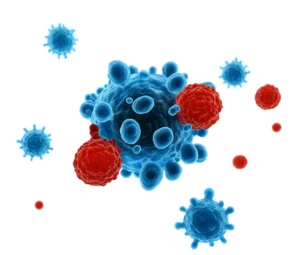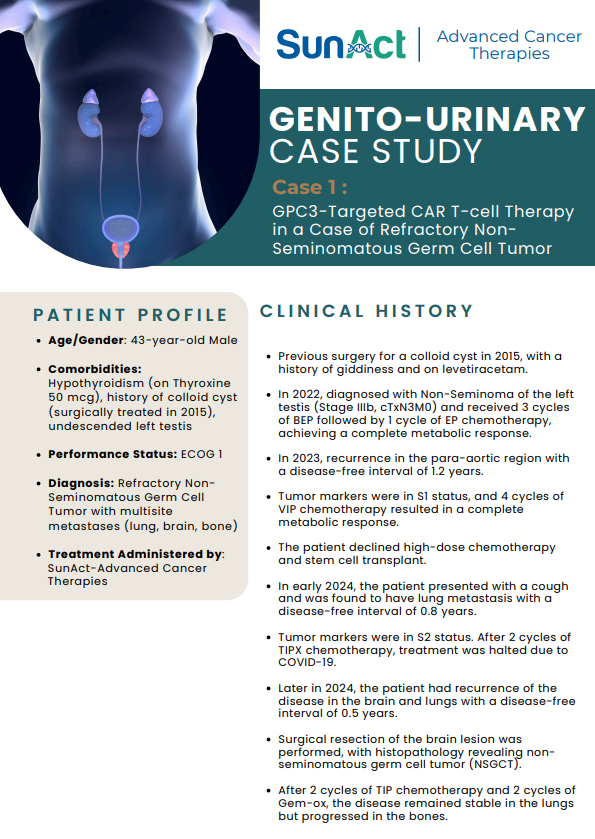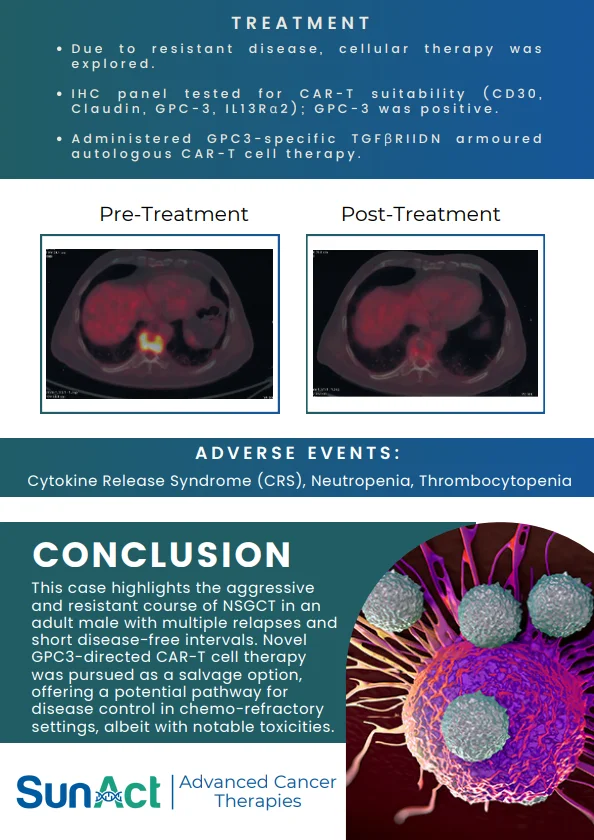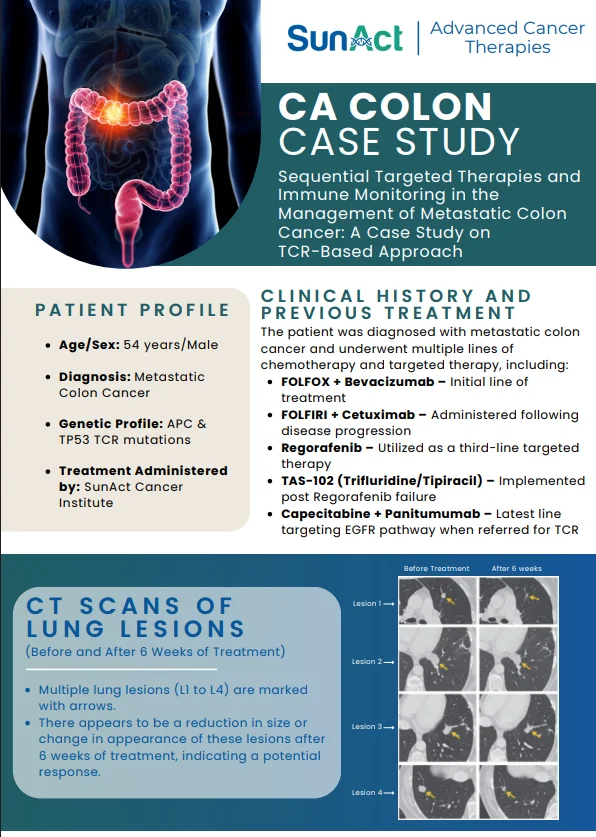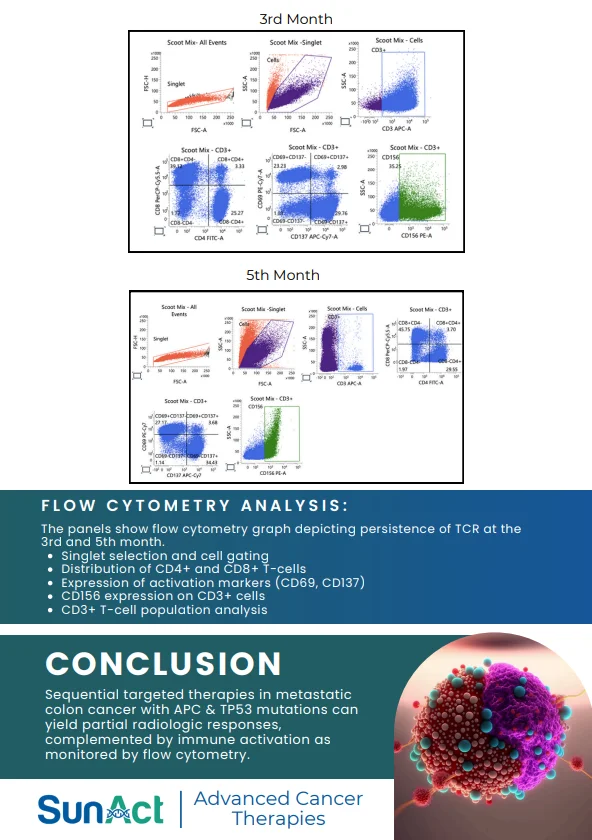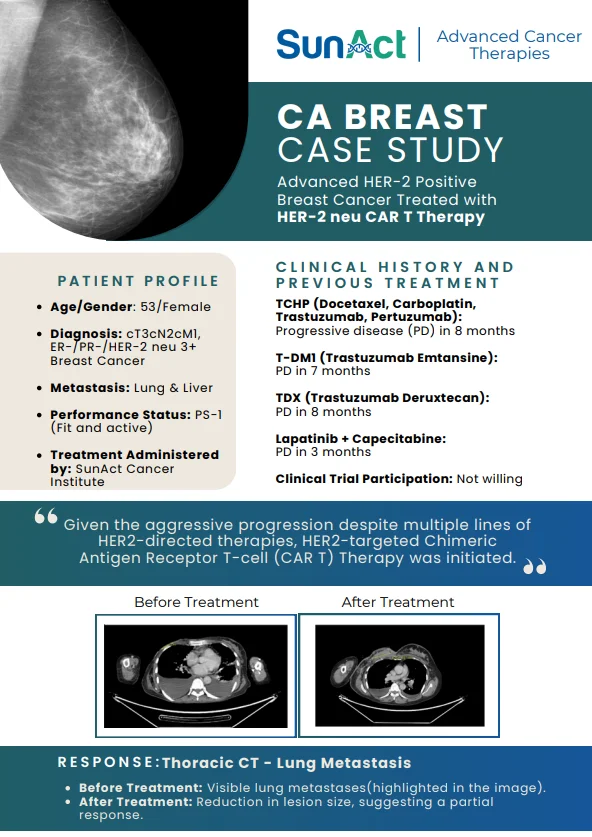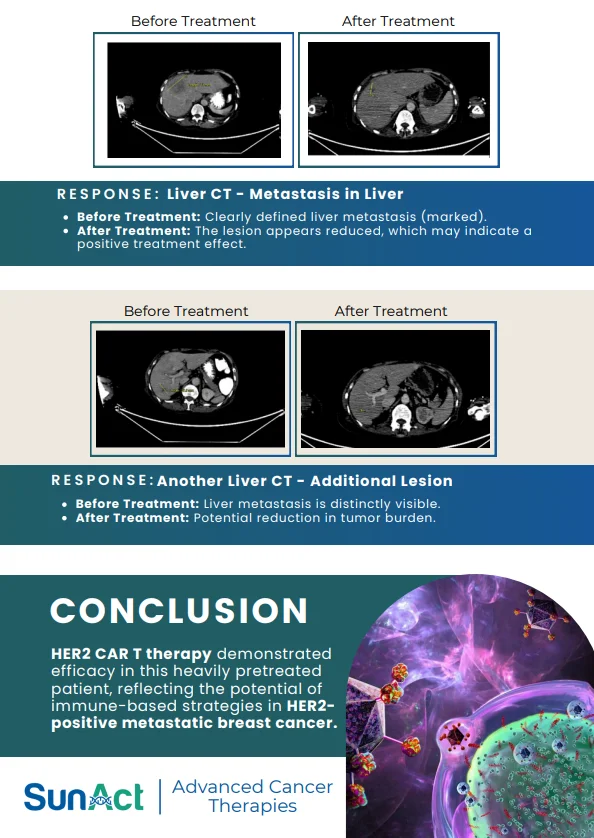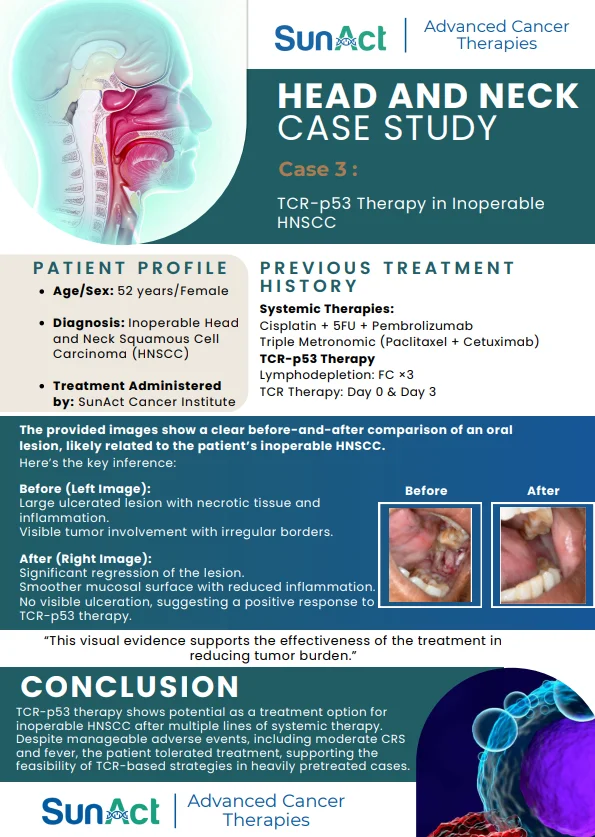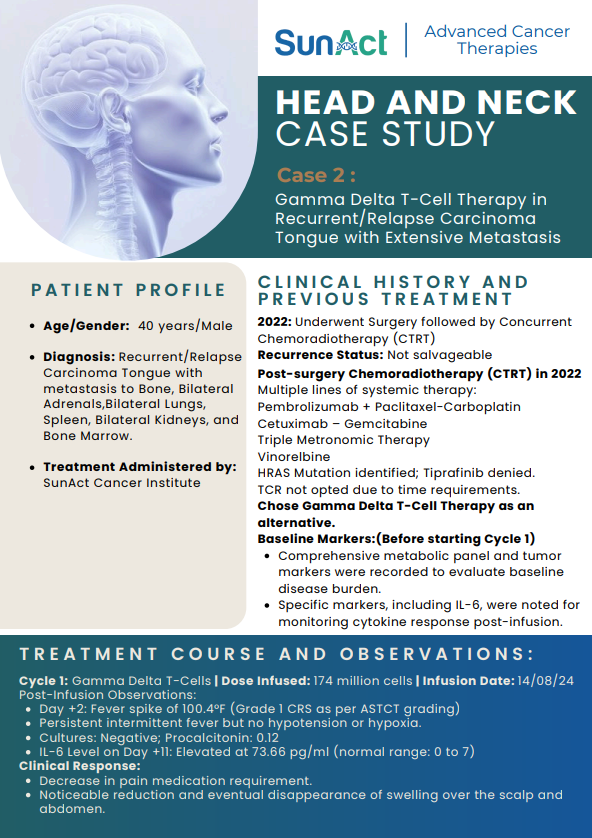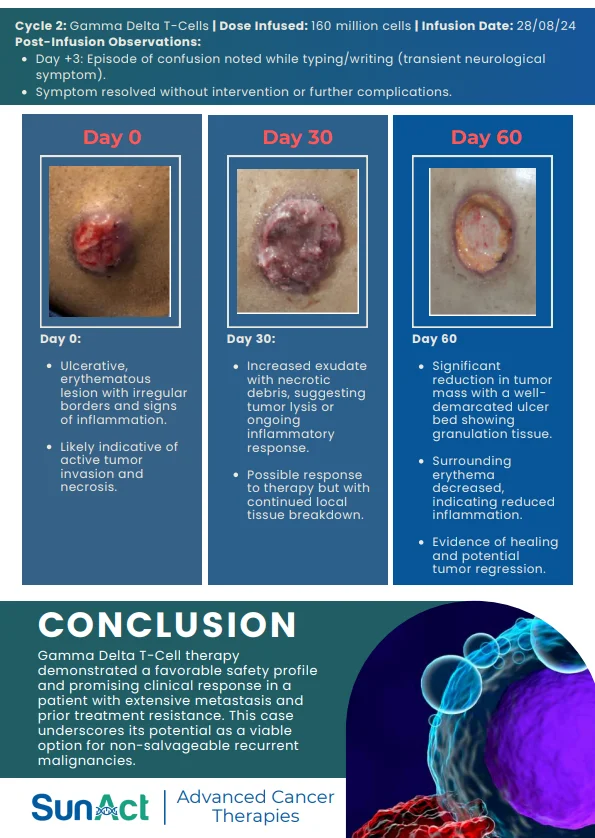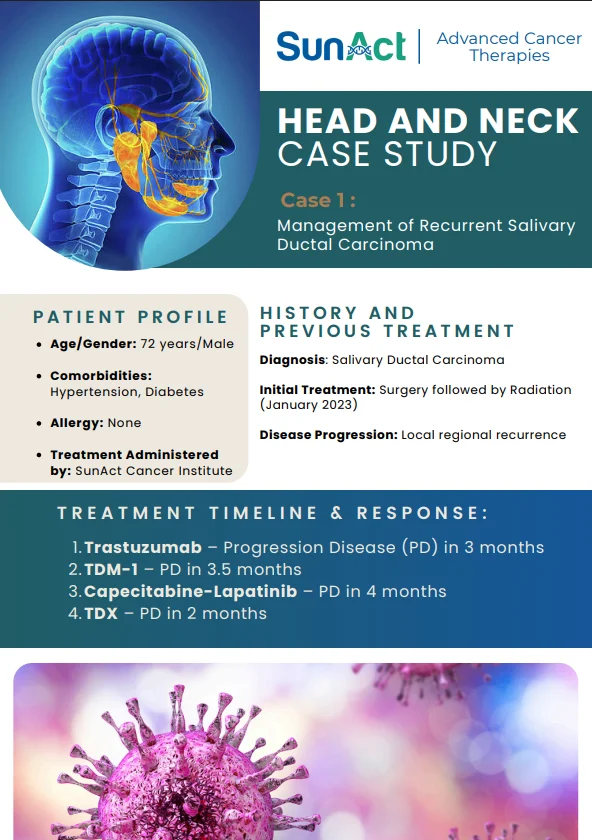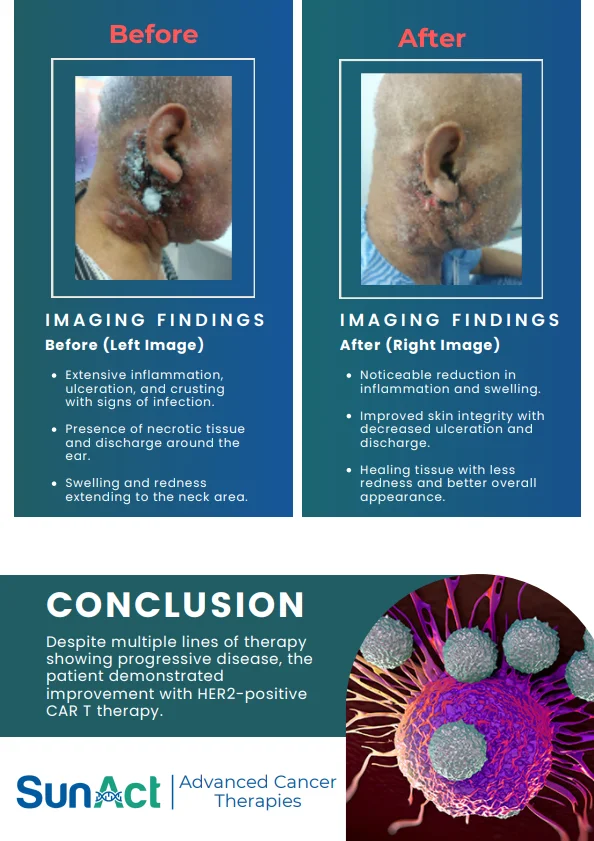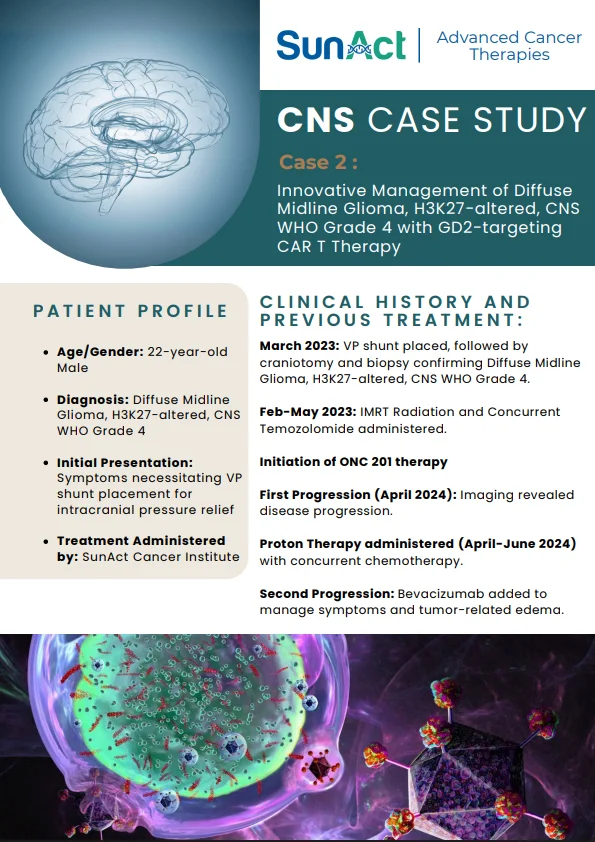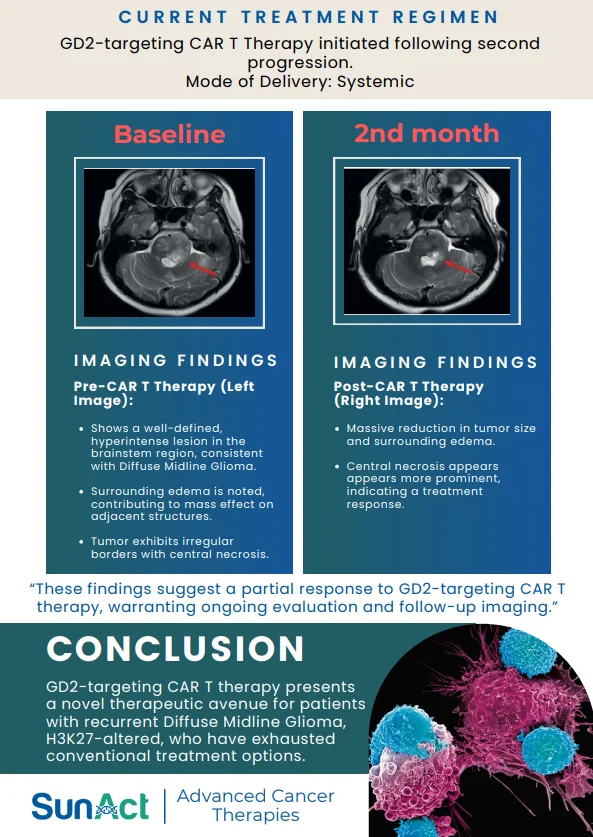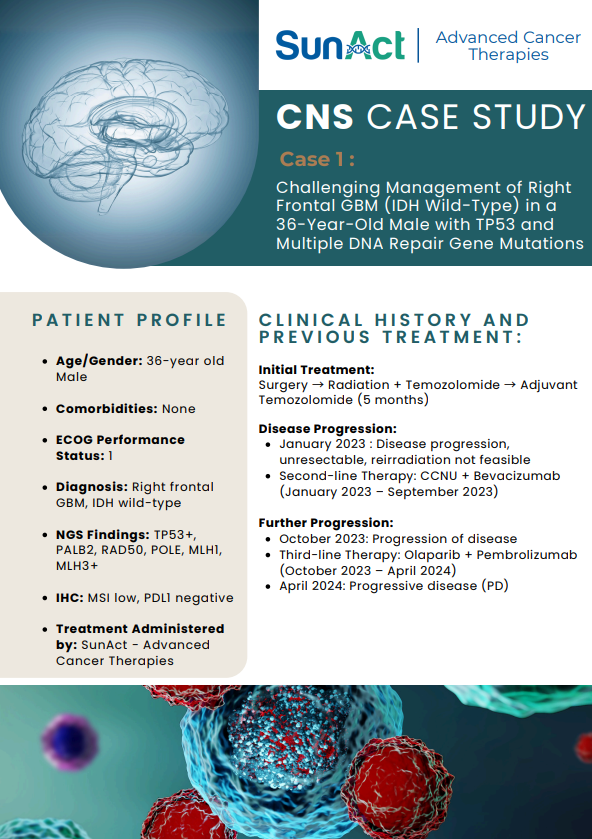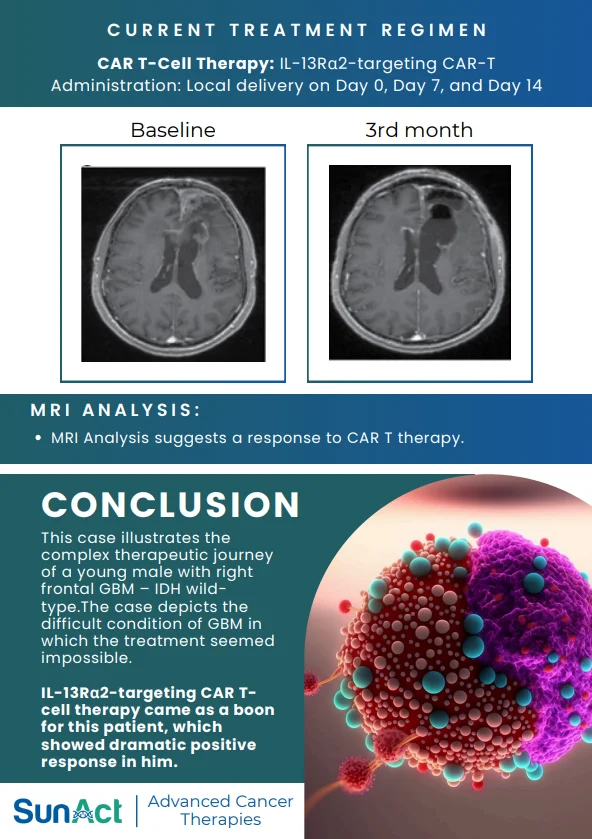20 June 2025
BCMA-targeted CAR T cell therapies like idecabtagene vicleucel (ide-cel) and ciltacabtagene autoleucel (cilta-cel) have dramatically changed the treatment landscape for relapsed/refractory multiple myeloma (RRMM). These therapies offer deep and durable responses, often where no other options remain.
But there’s a catch—a big one.
Manufacturing delays of 6 to 8 weeks leave a critical window where patients can deteriorate rapidly. In fact, up to 25% of patients either progress or die before they can receive their CAR T infusion. This delay has created an urgent demand for bridging strategies: therapies that can control disease long enough to get patients to CAR T safely.
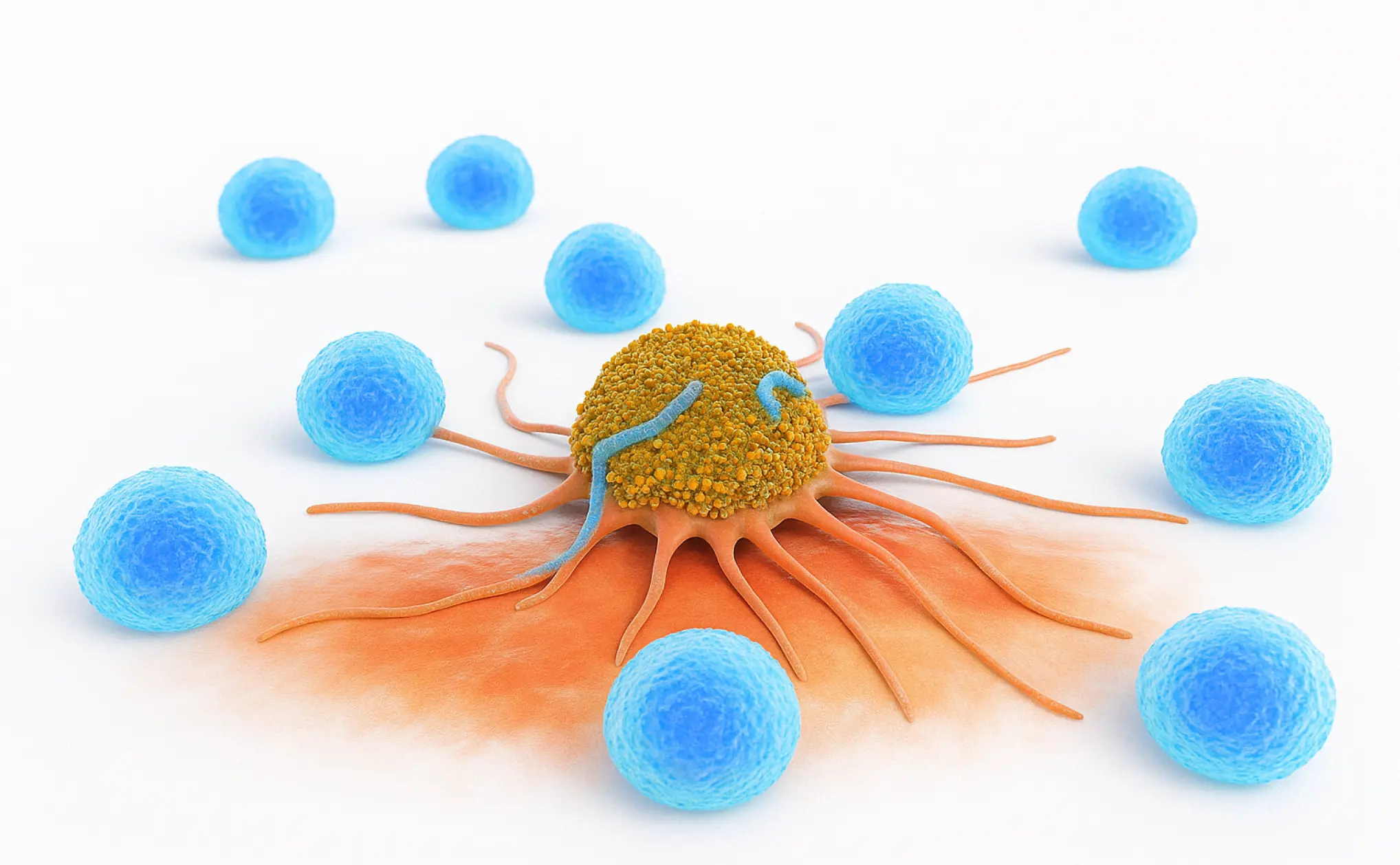
Enter Talquetamab
Talquetamab (Talq) is a GPRC5D-targeting bispecific antibody recently approved for heavily pretreated RRMM. Unlike BCMA-targeted agents, Talq hits a completely different antigen—making it a powerful option for patients who’ve already seen anti-BCMA therapies or are heading toward them.
Here’s what makes Talq uniquely suited as a CAR T bridge:
- No cross-resistance with BCMA-directed therapies
- Rapid disease debulking
- Generally well-tolerated, even in frail or high-risk patients
But does it work in practice?
A recent multicenter, retrospective study across 14 major academic centres aimed to find out.
The Study at a Glance
- Patients: 77 with RRMM
- Setting: Talquetamab used after leukapheresis and before planned CAR T
- Objective: Assess safety, feasibility, and efficacy of Talq as bridging therapy
- Median age: 66
- High-risk features:
- 45% with high-risk cytogenetics
- 43% with extramedullary disease
- 73% triple-class refractory
- 13% had prior BCMA therapy
Talquetamab Bridging: Efficacy & Safety
- Dose: 0.8 mg/kg biweekly (in 76% of patients)
- Median duration: 22 days
- Response rate: 62% (among 72 evaluable patients)
- 14 achieved uCR
- 10 VGPR, 21 PR
Toxicities:
- No grade ≥3 cytokine release syndrome (CRS)
- 2.5% grade 3 neurotoxicity (ICANS)
- Mostly mild (Grade 1) oral (56%), skin (41%), and nail (25%) side effects
- 60% of these resolved by last follow-up
Bridging to CAR T: Success Rates
- Manufacturing success: 61 of 77 patients
- CAR T infused: 58 (45 cilta-cel, 13 ide-cel)
- Pre-infusion deaths due to progression: 3 (5%)
- Pending or failed manufacturing: 16 total
Despite the high-risk population, 75% successfully received CAR T, a strong indication that Talq can hold the disease at bay during the manufacturing wait.
CAR T Outcomes Post-Bridging
- CRS: Occurred in 65%, mostly mild; only 2 patients had Grade 3
- ICANS: Seen in 8.6%, with just one Grade 3 case
- No treatment-related deaths
- Day +30 response rate: 97.5%
- 14 CR, 10 VGPR, 15 PR
Washout Timing: Does It Matter?
- Median time from last Talq to CAR T infusion: 25 days
- To lymphodepletion: 24 days
- Importantly, no significant safety concerns were associated with the length of the washout period.
Key Takeaways
- Talquetamab offers rapid disease control in high-risk RRMM
- Most patients tolerated it well, with manageable side effects
- Talq successfully bridged 75% of patients to CAR T
- Post-CAR T responses remained exceptionally high
Final Thoughts
For patients with relapsed/refractory multiple myeloma, every week counts. Talquetamab provides clinicians with a powerful tool to stabilize disease and safely get patients to their long-awaited CAR T therapy. It’s not just a bridge—it may be a lifesaving one.
As CAR T therapies continue to expand, incorporating thoughtful, evidence-based bridging strategies like Talq could redefine how we sequence treatments in RRMM
Have questions about Talquetamab or CAR T therapy access? Contact SunAct – Advanced Cancer Therapies.

